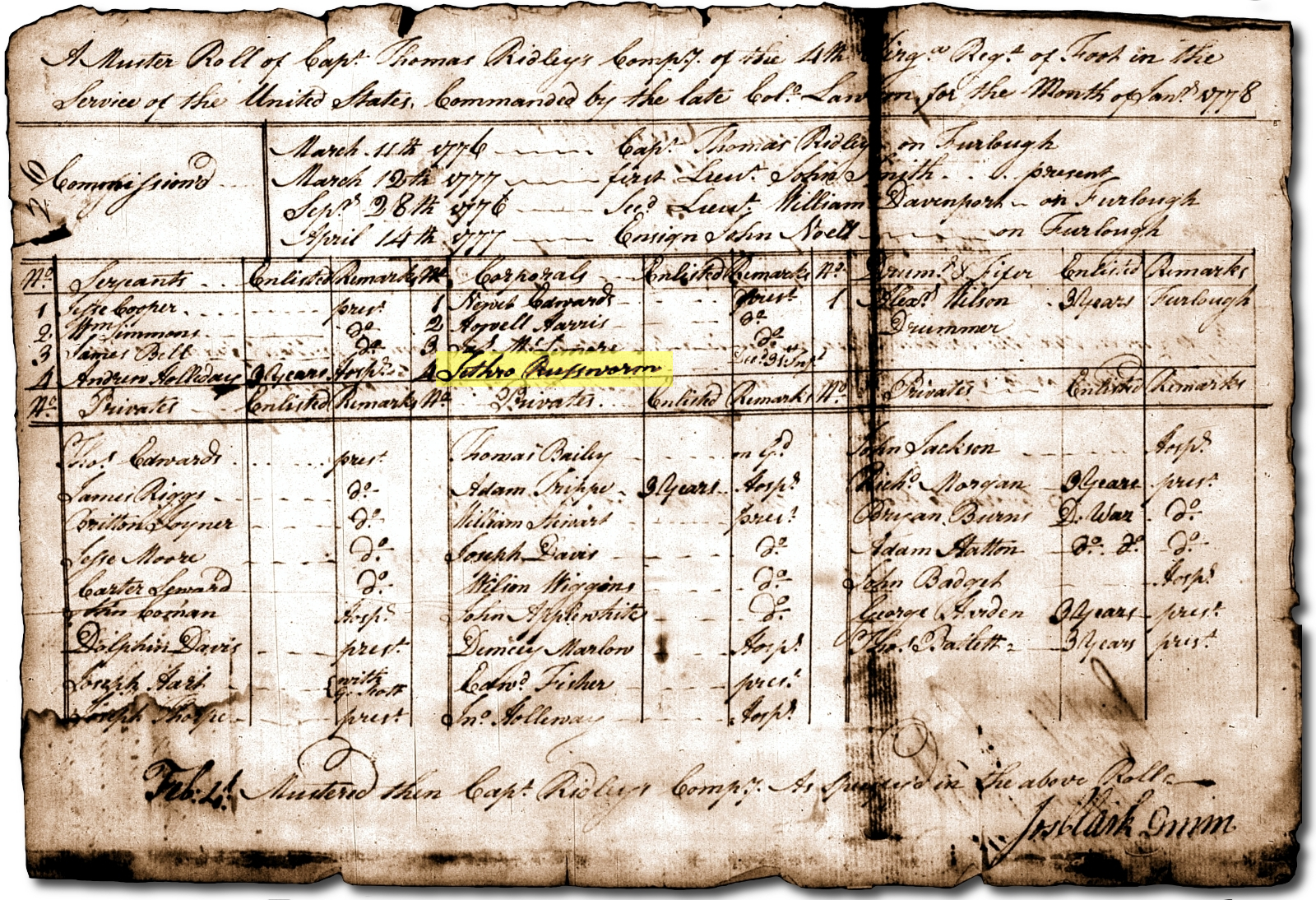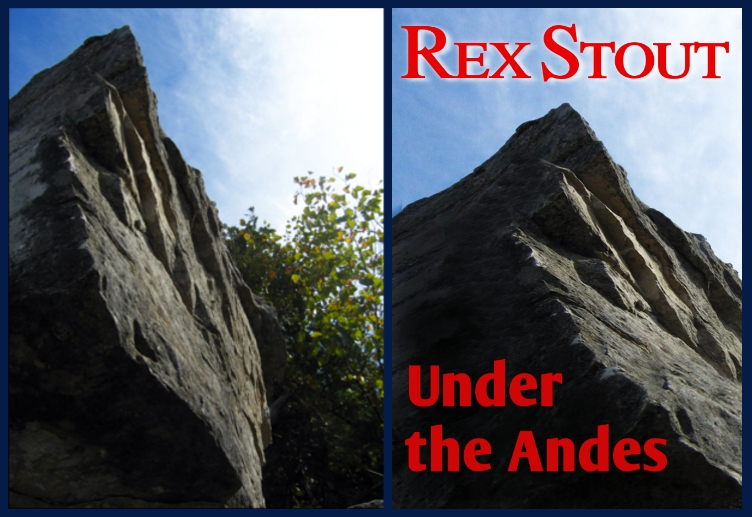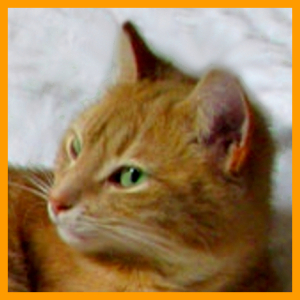[…] Then I decided it would be nice to use a photo of my cat Murray curled up next to a book for the background. I had previously used this photo to illustrate my book review. […]
Month: March 2015
Animations
Self publishing encompasses a lot more than just writing a book and putting it out there, and Libreleft Books will be publishing “The Girl In The Blue Flame Cafe” this year. Since launching a book with fanfare can be a pricey proposition, I’ve decided to try my hand at crowdfunding with Pubslush, a crowdfunding platform specifically for books.
I’ve been using the excellent GNU/linux video editing suite Kdenlive to put together my Pubslush pitch video. Unfortunately a lot of other things have been competing for my time; consequently my crowdfunding campaign has taken rather longer than I had hoped.
As it turns out, the video I am making will very probably be too long for a pitch, but once I have the content the way that I want it, I expect to divide it into two (or possibly three) shorter videos. I’ve chosen to do them all together (everything is connected) because it gives me more options for all the videos. The extra video(s) will be available to anyone wanting to know more about my project.
Just now I’ve been putting together some small animations I will be incorporating into my video(s). Back in the day I played around with some animation at Sheridan College, but it’s been a while, and the tools for creating media have changed pretty drastically since then.
This was my first attempt:
Then I decided it would be nice to use a photo of my cat Murray curled up next to a book for the background. I had previously used this photo to illustrate my book review.
But then it occurred to me that this might prove to be problematic, since the video I’m making is a crowd funding pitch, it would certainly constitute a commercial use that does not qualify as a fair dealing exemption to copyright law.
Anyone who has ever tried to get a cat to pose for a photo will understand why I chose to digitally replace the book with my own.
I thought the animation of might be too slow so I sped it up.
Which of the blue versions do you like best… the 4 second or 2 second version?
Canada is about to lose Free Speech and Civil Rights
Researching the Sumner Connection
Connecting up the different branches of the Russwurm family has long been of interest to me, and if you’re reading this I expect it might be of interest to you, too. So I am very pleased to point you to Russwurm Rushworm Genealogy, a new website set up to share the ongoing research into the Russwurm/Rushworm connection with the Sumner family of Virginia, North Carolina and Tennessee.

Comment on Finding a Digital Public Domain Book by Indi
> Perhaps the nearly universal opposition to same in our Copyright Consultation made some little impact after all.
I really wish I could believe that, but I can’t help but feel that the reason the corporations and their crony politicians have gone quiet on this fight is because they know they’ve already won. All they need to do is sit back and wait for TPP, which seems inevitable and unchallengeable at this point. They couldn’t win in public debate, but we can’t win when they’re playing games with secret treaties.
Public Domain Cover Art
I’ve been working on a video for my PubSlush pitch for my next novel, which has led me off on a tangent or two…
This is the cover art I’ve made for what I believe to be the only Public Domain book by Rex Stout (the creator of Nero Wolfe).

My own cover art for “Under The Andes” by Rex Stout ~ CC0 (Public Domain)
One of the things I’ve been doing for the video is rounding up covers of books I read in my youth. In today’s world of copyright insanity I’m being extra careful never to infringe copyright. This means I can only use works in the Public Domain or explicitly licensed to share.
The problem is that very often it’s simply not possible to even know whether it the cover art is in the Public Domain — even if it is the cover of a Public Domain book. After all, just because a book is in the Public Domain it’s no guarantee the cover art is. Especially if all you have is an image found online without the publication date– as most are.
And especially for books like this one, because it has been republished many times precisely because it is in the Public Domain. That’s why I’ve been making a few of my own covers. If you’re interested, more of the covers I’ve made myself can be found on Flickr in my Public Domain album.
I have to say I am pretty pleased with my mountain… having never actually been anywhere near a real mountain ( neither Blue Mountain or Hamilton Mountain count… they nat be big but they are really just hills, like the ones in Hollywood).
So I began with my own photograph…. but my “mountain” wasn’t photographed in the Andes, but near Tobermory.

Before and After: “Under the Andes” cover art
Originally I planned to use a few of the Edgar Rice Burroughs covers,since they are Public Domain for Canada, and even the early books are PD in the United States. After all, I grew up reading my Dad’s ERB paperbacks, (all twenty-whatever Tarzan books, Mars, Venus and Pellucidar etc… formulaic or not).
But it seems the current holder of the remaining Burroughs copyrights is ruthlessly asserting Intellectual Property Infringement against any reuses, legal or not.
This is one of the major reasons I believe copyright is actually harmful for most creators. It makes no difference if you are in the right if you haven’t the funds to go to court to defend against any big company with deep pockets, even if its challenge is specious. (They call that “copyright chill.”) Since I really don’t want my video yanked from YouTube, I dropped the idea of using the ERB covers because it is not worth the hassle. Besides, I don’t really want to promote the books if the company that would profit behaves so reprehensibly.
Image Credit:
As mentioned, the original photograph and the cover design for “Under The Andes” pictured here originate with me, but since this is cover art for a Public Domain Book, I’ve given it a Creative Commons CC0 1.0 Universal (CC0 1.0) Public Domain Dedication.
Copyright Note:
Even though an American author like Mr. Stout only died relatively recently, back in the day if he didn’t renew the copyright on a book, it would go into the Public Domain… as this one did.
That is not true for Canada (or any of the commonwealth countries which were signatory to the Berne Copyright treaty) because copyright all rights reserved was (and is) the default for any creative works, so they didn’t need to be registered. For this reason, some of my contemporary culture originating south of the border is in the Public Domain. However with the insane copyright extensions that seem to be the norm, that’s not true for the next generations… their contemporary culture will be locked up in copyright until after they are dead… and if things keep on as they are, maybe forever.
Comment on Finding a Digital Public Domain Book by Laurel L. Russwurm
As a Canadian myself I am quite interested in Project Gutenberg Canada, and if I ever get free time (not in the forseeable future, anyway) that’s where I would be likely to volunteer my help.
Having just learned Australia has followed England into being bullied to up their copyright terms from Life +50 to Life +70 I am frankly amazed (and terribly pleased) that Canada has not. Perhaps the nearly universal opposition to same in our Copyright Consultation made some little impact after all.
Still, in my online efforts to plug the Public Domain and fight against copyfraud, I don’t tag things I know are PD in Canada but bnot elsewhere as “Public Domain” because first and foremost I don’t want anyone to find themselves DMCAed, fined, or winding up in jail (or worse) through the brutal application of today’s crazy copyright law.
I thoroughly agree with your policy of re-releasing improved Public Domain works back into the Public Domain. I do that too, although so far I’ve not remade any eBooks, just art), and I guess what surprises me the most is how many people don’t.
Comment on Finding a Digital Public Domain Book by Indi
Oh, I totally forgot to mention – if you’re looking for a quality EPUB reader, one of the better options is one built into a browser. Everybody has a browser, after all, and the quality of HTML5/CSS3/SVG1.1 support is usually top-notch… *MUCH* better than in your average standalone EPUB reader. In fact, even the better standalone EPUB readers basically use browsers internally. (Calibre, for example, doesn’t use FBReader, it uses its own EPUB viewer that’s based on WebKit (ie, basically Chromium/Chrome)).
Firefox has Lucifox, and Chromium/Chrome has Readium. Both are plenty good enough for reading, and both even offer limited library management if you want it (if you want full library management, there’s always Calibre). Both are free software – Lucifox is GPL3, Readium is BSD-licenced. The interesting thing about Readium is that it’s actually the reference implementation used by the IDPF (the people who write the EPUB specification) to show full EPUB 3 support.
Comment on Finding a Digital Public Domain Book by Indi
I’m so pleased to see Gutenberg Canada getting a mention. It’s way smaller than Gutenberg Project actual, and in *DIRE* need of cleanup and organization (and it’s ugly as sin to look at), but it has things that are simply not available on Gutenberg actual because that site uses US copyright law… which is much nastier than Canadian copyright law. Gutenberg Canada actually has stuff that wouldn’t be allowed on Gutenberg actual, plus a lot of specifically Canadian stuff.
The biggest complaint I have about most public domain ebooks is that they’re of such poor quality. Both the Gutenberg Project and Gutenberg Canada insist on plain text versions… which is fine for simple books, but pretty much pointless for texts with tables, diagrams, figures, or equations. And both focus on simply reproducing the text, with no concern whatsoever for the semantics (for example, they mark all italics up with [i] (or worse, just uppercase), whether they’re just italics for display purposes or for actual emphasis), which makes them hard to use for people who have accessibility issues (people who need to use a screen reader, for example).
For years, one of my hobbies has been taking public domain works and making *quality* ebooks out of them – and by quality I don’t just mean they look good (I try to make them look as much like the originals as practical), I mean they are coded with semantic markup technologies, so they are accessible even to readers who can’t read plain text without assistance. I actually have *dozens* of books done, but the vast majority are still under copyright. (Originally I just did this for myself, to create nice digital editions for physical books I own that are falling apart.) One of my resolutions this year was to get a little more organized about that, to focus on public domain texts, and to actually publish them online for others to use too, so I actually put together a simple site listing them at http://indi.frih.net/books/ – there are only three books there so far (though I’ll probably finish Kant’s “Perpetual Peace” this week), but as I go through all my old stuff, pick out the public domain works, and update them, it should expand quite a bit.
Of course, every ebook I make is released back into the public domain – DRM-free – even including anything I added (like cover images, for example).
The focus is on philosophical and scientific texts, and maybe I’ll do some science fiction and mystery works, too… basically anything that catches my fancy, I suppose (it is a hobby after all). I suppose they’re rather niche interests, but they’re my interests, so, so it goes. But if there’s anything you’re really hankering for – or anything you know someone else is really hankering for – feel free to mention it to me; I might put it on the list. (I would suppose the easiest way for you to get in touch with me is via Status.Net/GNU Social – I’m @indi on quitter.se – but there’s also a contact page on the site that I’m probably going to add a contact/request form to… someday.)
